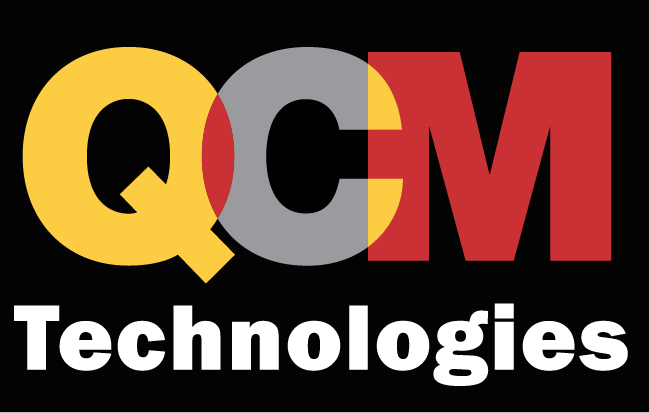
Composable infrastructure is a relatively new term in the IT world. First appearing on the scene a few years ago, composable infrastructure has come to mean infrastructure, that is fluid pools of compute, storage and fabric, one platform with the ability to be composed and recomposed to meet the needs of the application at any given time. Software-defined intelligence and a unified API are used to “compose” these fluid resource pools.
The future of composability is delivering the adaptability, flexibility, and the cloud-like speed and efficiency of composable infrastructure to other technologies in the datacenter. Most importantly, hyperconverged solutions and hybrid cloud environments.
Why hyperconvergence?
Hyperconvergence is the fastest-growing segment in the datacenter (with growth of 79% in just 2016) and could reach $5 billion by 2019. IT wants their infrastructure to be able to keep up with the changing needs of their LOBs, as well as the ever-increasing needs of the business. To do this, hyperconverged solutions need to be able to deliver flexibility and cloud-like speeds beyond what traditional infrastructure can provide. That’s where composability comes in.
One way composable technology is delivered to hyperconverged solutions is through multi-tenancy. Multi-tenant workspaces allow IT to compose and recompose resources within their hyperconverged solutions efficiently and respond to new infrastructure requests within minutes. Resource silos and barriers across business units dissolve, providing fluid resource pools that any group can access and use. How will they access it? Though self-service portals and programmable APIs that allow LOBs to use self-service portals and workspaces to access the resources they need. Pretty cool, right?
What about hybrid cloud?
Tech Target defines hybrid cloud as a cloud computing environment which uses a mix of on-premises, private cloud and third-party, public cloud services with orchestration between platforms.
In 2016’s State of the Cloud survey, respondents were asked about their adoption of cloud infrastructure and related technologies. The survey’s results showed strong growth in hybrid cloud adoption, with use of hybrid cloud environments growing to 71% (up from 58% in 2015). As this number continues to grow, customers are looking for ways that their hybrid cloud environments can deliver the advanced agility and efficiency of composable technologies.
The good news is they don’t have to wait long. Looking ahead, next generation hybrid cloud environments will offer full composability, allowing organizations to operate both traditional and cloud-native applications on premises. By combining composable elements with hybrid cloud environments, IT operators will have the ability to run bare metal, virtualized, containerized and cloud-native applications on a single infrastructure. And, they will be able to dynamically compose and recompose resources in minutes, making it easier for their business to migrate from traditional to hybrid IT and deliver unmatched agility and efficiency to datacenters.
In order to address the future of IT, HPE recently announced an expanded composable portfolio that includes offerings on the HPE Helion Cloud platform and the HPE Hyper Converged 380 powered by Intel. Both of these HPE offerings leverage composable technologies that enable IT operators to deliver software-defined infrastructure as quickly as customers’ businesses demand.
To learn more about composable infrastructure, check out: Composable Infrastructure for Dummies.
Written By Paul Miller
VP of Marketing for the HPE Software-Defined and Cloud Group business unit






